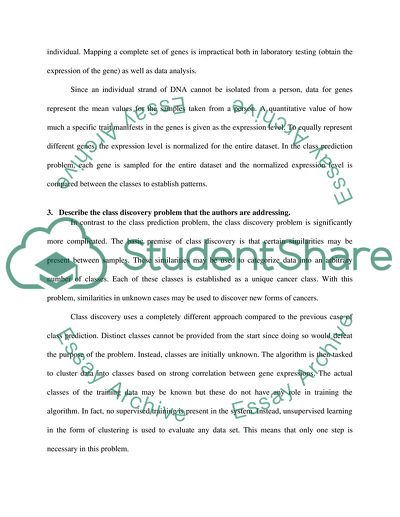Cite this document
(Artificial Intelligence: Machine Learning Algorithms Assignment, n.d.)
Artificial Intelligence: Machine Learning Algorithms Assignment. Retrieved from https://studentshare.org/information-technology/1730615-artificial-intelligence-machine-learning-algorithms
Artificial Intelligence: Machine Learning Algorithms Assignment. Retrieved from https://studentshare.org/information-technology/1730615-artificial-intelligence-machine-learning-algorithms
(Artificial Intelligence: Machine Learning Algorithms Assignment)
Artificial Intelligence: Machine Learning Algorithms Assignment. https://studentshare.org/information-technology/1730615-artificial-intelligence-machine-learning-algorithms.
Artificial Intelligence: Machine Learning Algorithms Assignment. https://studentshare.org/information-technology/1730615-artificial-intelligence-machine-learning-algorithms.
“Artificial Intelligence: Machine Learning Algorithms Assignment”, n.d. https://studentshare.org/information-technology/1730615-artificial-intelligence-machine-learning-algorithms.


